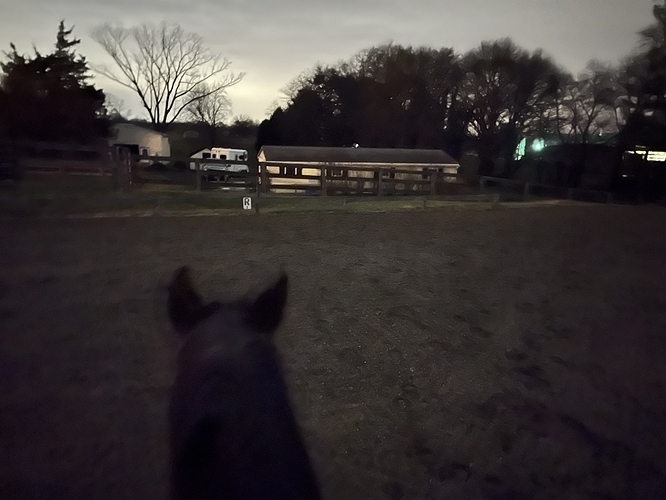This is a great thread- fun to revisit it after a year or two’s time.
Having experienced almost every combination of housekeeping there is, conversations like this are really important to help people get a better-than-ground-level view of what considerations made a difference in their planning for housekeeping.
My suggestion would be to really, really do your homework, and to set up a spreadsheet based on all the factors you can think of, and all the ones that come to light in threads like these. Divide the research into tangible (costs for everything including time value of commuting and/or cleaning stalls!) and intangible (your lifestyle, your SO, your health your proclivity to ride by yourself or your preference to ride with barn buddies, etc etc) factors and see where you come out.
I do want to make a comment about costs in California, since that’s where I live. Yes, it’s fairly high cost of living here but don’t forget to give value to generally great weather, and- significantly- quite low property taxes for the most part. These are examples of my ‘extending thinking’ that are great to at least try to capture on a spreadsheet, because you really can’t compare apples to apples when it comes to horses… you compare apples to kumquats and then do a lot of massaging the data after you get done with all the obvious fruit!
Another factor to consider is the peripherals- that is, what lifestyle changes you can foresee in the next year/five years/10 years/20 years depending on your current age. For example, if you’re working now but looking at retirement within, say, 5-10 years chances are quite good that your horselife is going to change a lot with your change in work commitments .For some that might mean wanting to be at your own place to raise a foal or do more trail riding, but for others that might mean continuing to board with lots of travel an important aspect of your retirement years.
I’m pretty happy having given up my 60 horse barn in SoCal (and selling that property for a lot, which was my original masterplan when I bought it almost 20 years ago) and now living in a funky/cool little horse community with a bunch of retired-ish horsegals like me to hang around with and ride with. I keep my one horse next door in the community equestrian center which gives me the best of both worlds but this is an unusual place and I looked for a very long time to find it.
I would not have been interested in living here ten years ago, but I sold my businesses and retired, and really don’t care about showing much any more (we have little shows right here) so this suits me now. By formulating a 5/10/20 year plan about ten years ago, I am right on track for what I guessed I would want/need at this point. Yes, I still have the spreadsheets!
It’s wonderful to have your horses at home. It’s also wonderful to NOT have your horses at home!




